2017 Mycorrhizal Mushroom Map:
1 Year, 1 Yard, 499 Mushrooms
In October of 2016, I stepped out into my back yard and found it carpeted with medium-sized brown mushrooms. Apparently, I had nothing better to do that day than attempt to identify these boring nondescript mushrooms, so I sat down with a field guide and managed to key them out to Inocybe rimosa. This was a surprising result; most of the boring brown mushrooms that pop up in yards are saprobic, but Inocybe is a mycorrhizal genus. Since I. rimosa is mycorrhizal, there is only a very limited area in my yard that it can grow. This made me wonder, “Will it grow in the same place next year?” There was only one way to answer that question: keep track of where mushrooms appear in my yard. I logged all 227 I. rimosa mushrooms and waited eagerly for 2017, when I would map all the mycorrhizal mushrooms that appeared.

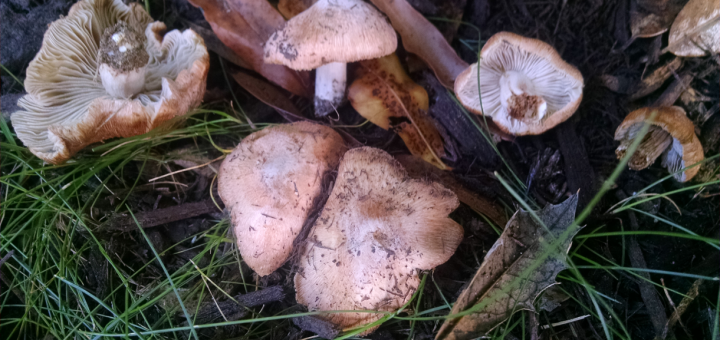
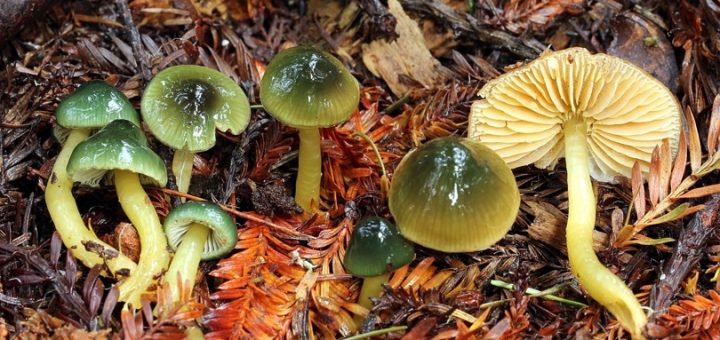
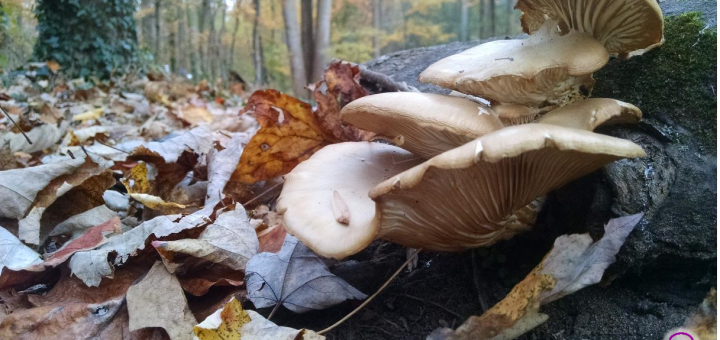
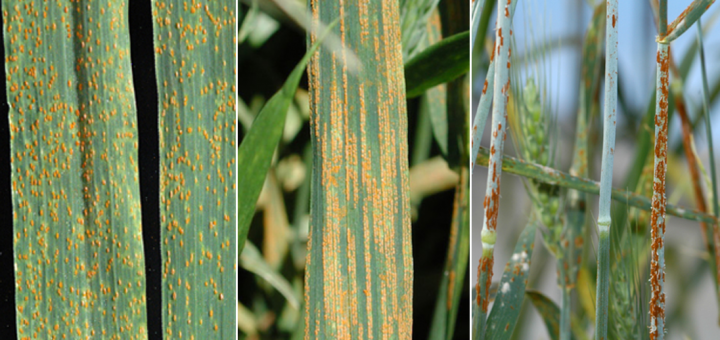
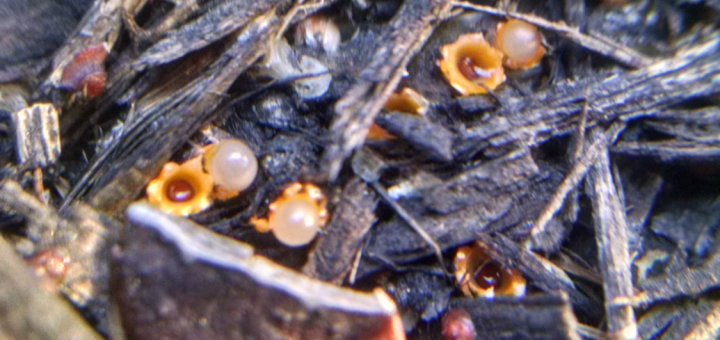
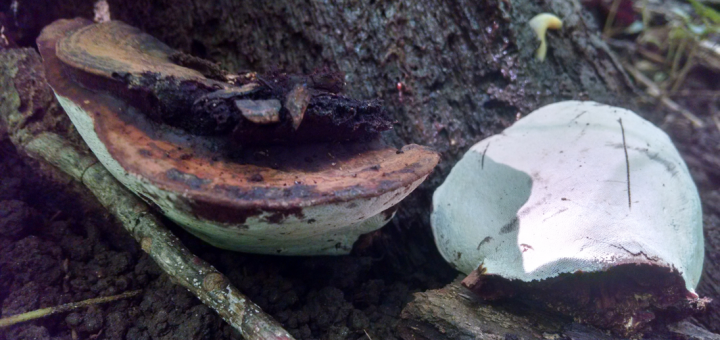
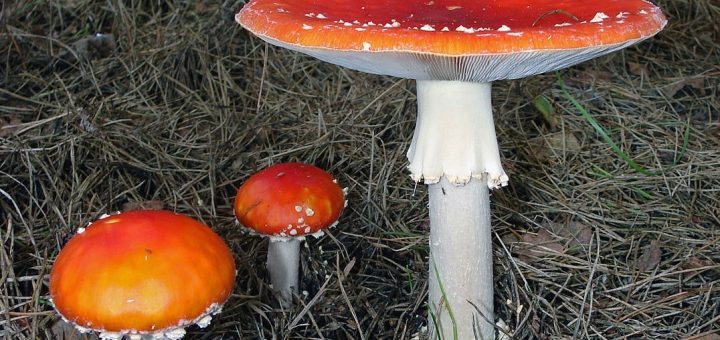
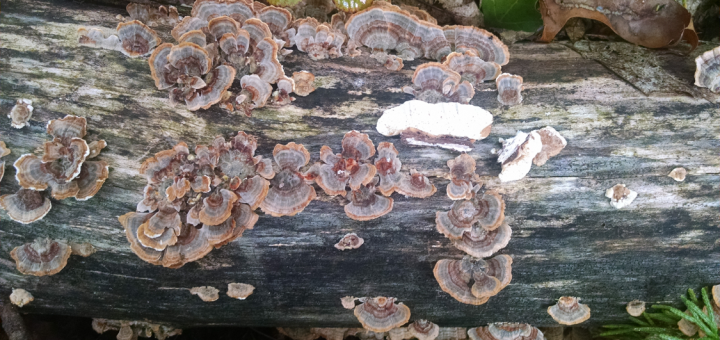
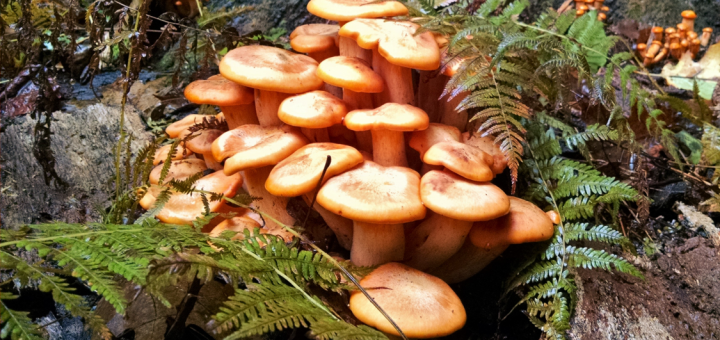
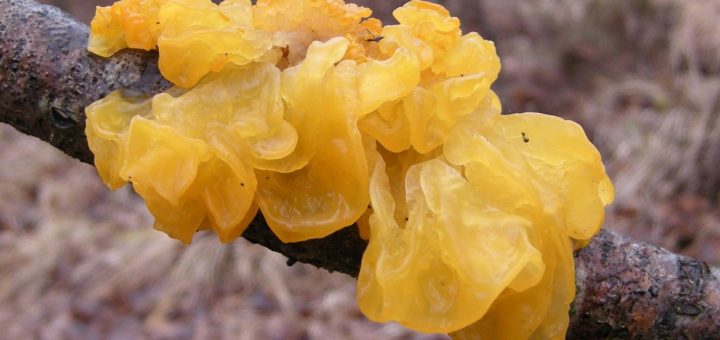





![#011: Characteristics of Kingdom Fungi [Archived]](https://www.fungusfactfriday.com/wp-content/themes/hueman/assets/front/img/thumb-small-empty.png)
